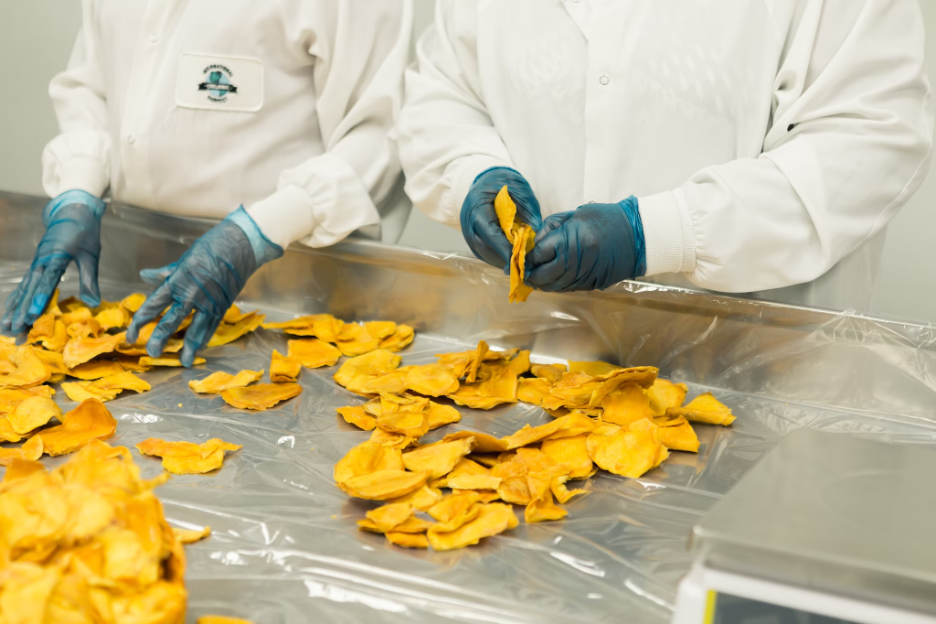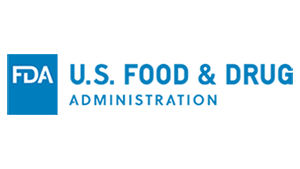The review in the July 2024 Journal of Food Protection, “Potential for Glove Risk Amplification via Direct Physical, Chemical, and Microbiological Contamination,” sheds light on critical issues within the glove manufacturing industry and their implications for food safety. As food industry executives and professionals, it is crucial to understand these challenges and implement effective strategies to mitigate glove risks. Purchasing gloves with FDA “food compliance” alone may not be a sound food safety strategy. In this article, I provide five key pieces of advice on glove selection and implementation to ensure they remain the foundation of food safety.
- Prioritize Quality & Regulatory Compliance
The review highlights how the pandemic demand revealed shortcomings in glove manufacturing, emphasizing the need for stringent quality control. Food Safety professionals should prioritize sourcing gloves only from reputable manufacturers that adhere to enhanced regulatory requirements for Acceptable Quality Limits (AQL) and bioburden standards.
– Why This Matters: High-quality gloves are less likely to contain chemical, or microbiological contaminants that can compromise food and glove wearer safety. Gloves with improved durability are less likely to fail (rip) and cause foreign material contamination.
– Benefits: Ensures consistent protection for both food products and workers, reducing the risk of contamination and associated health hazards.
- Independent Supplier Audit Reports
Independent audits from your glove supplier will verify that manufacturers meet the necessary standards and employ robust quality control measures. These audits should include an evaluation of the manufacturing process, contamination control measures, and compliance with regulatory standards. With forced labor violations and U.S. Customs and Border Protection import bans against well-known companies, independent audits of ethical manufacturing standards are encouraged.
– Why This Matters: Identifies potential sources of contamination and ensures that suppliers maintain consistent high standards of hygiene and safety and robust workplace cultures over a focus on profit alone.
– Benefits: Builds a reliable supply chain, minimizes the risk of receiving contaminated gloves, and fosters trust in glove safety.
- Implement Comprehensive Training Programs
Proper glove use is critical in preventing contamination. Training programs should educate food handlers on the correct procedures for donning, using, and disposing of gloves. Emphasis should be placed on glove changing frequency, especially after tasks that involve raw food, meals and/or restroom breaks, or when gloves become damaged.
– Why This Matters: Prevents cross-contamination and ensures that gloves are used effectively to protect food and workers.
– Benefits: Enhances overall food safety, reduces the risk of foodborne illnesses, and promotes a culture of hygiene and safety within the organization.
- Utilize Gloves with Enhanced Performance
Advancements in glove technology have led to the development of gloves with improved durability and performance. Look for gloves manufactured with proven superior materials and quality systems and ensure commercial trials for proven resistance to punctures and tears.
–Why This Matters: Reduces the likelihood of physical failures that can lead to contamination.
– Benefits: Provides better protection for food products and workers, ensuring gloves perform effectively in various food handling tasks.
- Regularly Review & Update Safety Protocols
Food safety is an evolving field, and it’s crucial to stay updated with the latest research, regulations, and best practices. Regularly reviewing and updating safety protocols ensures that they reflect current knowledge and address emerging risks.
– Why This Matters: Keeps safety measures relevant and effective in protecting against new and evolving threats.
– Benefits: Ensures continuous improvement in food safety practices, enhances compliance with regulatory standards, and protects the organization’s reputation.
Conclusion
The review in the Journal of Food Protection underscores the importance of addressing the potential risks associated with glove use in food environments. By prioritizing quality and regulatory compliance, conducting thorough supplier audits, implementing comprehensive training programs, utilizing gloves with enhanced durability, and regularly reviewing and updating safety protocols, food industry executives can ensure that gloves remain a cornerstone of food safety.
As we continue to navigate the complexities of food safety, it is imperative to recognize that gloves are not a panacea but a critical component of a broader safety strategy. Ensuring their proper selection, use, and management will significantly contribute to the overall safety and quality of food products, protecting both consumers and workers in the process.
For further reading, I recommend reviewing the full article in the Journal of Food Protection to gain a deeper understanding of the issues and recommendations discussed. Together, we can build a safer food industry by staying informed and proactive in our approach to glove use and food safety.























